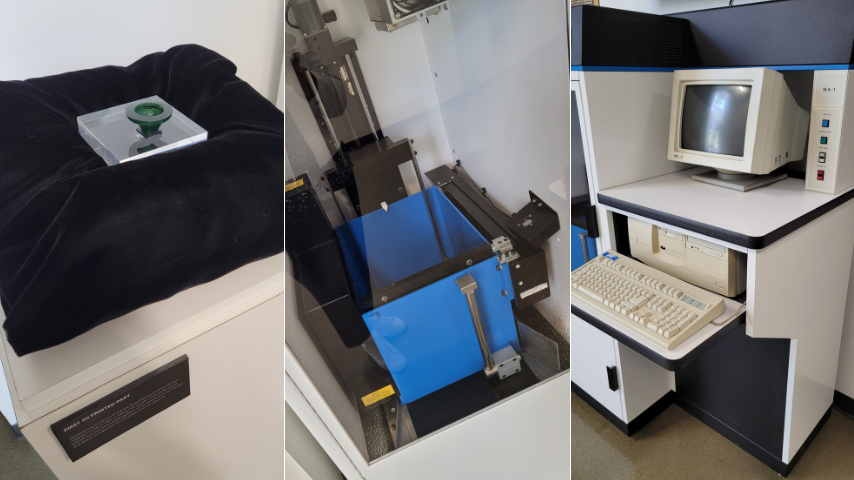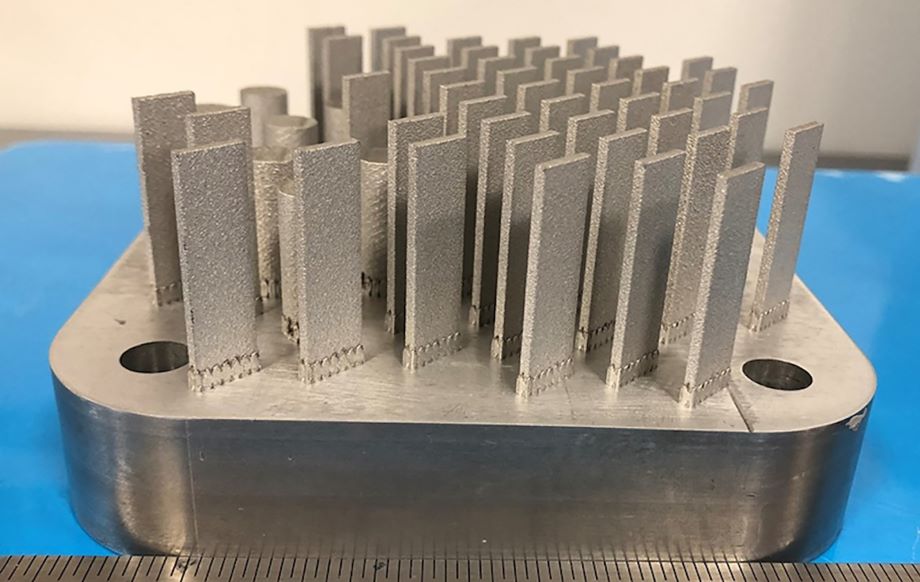Infographic: Pushing the Limits of Flight
Infographic: Pushing the Limits of Flight


After more than 100 years of innovation, aircraft are traveling faster than ever.
Aircraft have come a long way since the Wright brothers first soared through the skies. Since that 1903 milestone, planes have gone from initial airspeeds of about 30 miles per hour to beyond thousands. The engines that powered these vehicles have changed dramatically, of course, from reciprocating to radial, turbojet, turboprop, and beyond.
Over the last several years, renewed focus on supersonic and hypersonic flight has led to the rise of multiple projects looking to make traveling beyond the speed of sound commonplace. NASA’s Quesst mission features the X-59, a one-of-a-kind experimental aircraft that is expected to reach speeds of 925 mph without generating a sonic boom. Denver-based startup Boom Supersonic recently conducted the first flight of its XB-1 supersonic demonstrator and in 2029 expects to launch its Overture aircraft, which will travel at supersonic speeds. Meanwhile, Atlanta-based Hermeus is developing its second aircraft, the Quarterhorse Mk 2, which will reach speeds above Mach 2.5.
Ahead of Aviation History Month kicking off in November, here’s a look back at a small selection of aircraft that achieved some of the top airspeeds of their decades and the engines that powered them.




